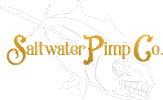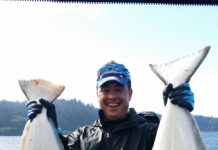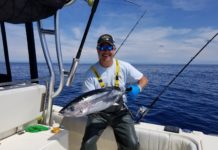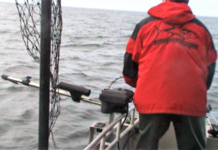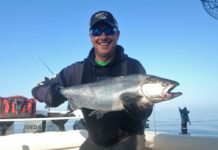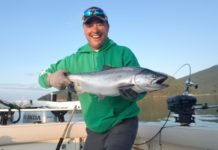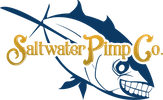
This map displays bathymetry collected by NOAA Ships Okeanos Explorer and Hassler as part of the Atlantic Canyons Undersea Mapping 2012 project. Water depths are illustrated using different colors. Image courtesy of ACUMEN 2012, NOAA.
Did You Know?
Even with new advances in bathymetric mapping, only a limited portion of the vast sea floor has actually been mapped. Consequently, seafloor mapping is an important part of ocean exploration expeditions.
A map is a flat model of all or part of Earth’s surface drawn to a specific scale. A map is a model of the real world. The better maps communicate information, the more effective they are as a model.
Topographic maps show elevation of landforms above sea level. Bathymetric maps show depths of landforms below sea level. Topographic elevations and the bathymetric depths are often shown with contour lines. A contour line is a line on a map representing a corresponding imaginary line on the surface of the land or bottom of the sea that has the same elevation or depth along its entire length.
Since the ocean floor is not visible to us, it is difficult to map. Scientists use various techniques to gather data for a bathymetric map. In the early 1800s, mariners recorded depths of shallow water features with a weighted line. Then in 1854, a depth-sounding device was attached to the line instead of the weight. This made determining when the line hit the bottom of the ocean easier. However, measuring a small section of shallow ocean still took hours or days and was restricted to shallow depths.
The difficulty and technical limitations meant mapping the seafloor took place much later than the production of good maps of dry land. Much of the ocean remains unmapped, even today. During World War II, when submarine warfare was highly effective against Allied shipping, sonar (sound navigation ranging) was developed. Active sonar devices use returning echo times to measure distance to the object that is being studied.
Using sonar, scientists were able to map ocean trenches, ridges, plains, and submerged islands, creating more accurate ocean floor maps. Today, scientists are working on advances that make sonar more accurate.
For More Information:
Mapping the Ocean Floor (pdf, 528 kb)
Tools of Exploration: Multibeam (pdf, 1.6 Mb)
Sign up for the Ocean Explorer E-mail Update List.
